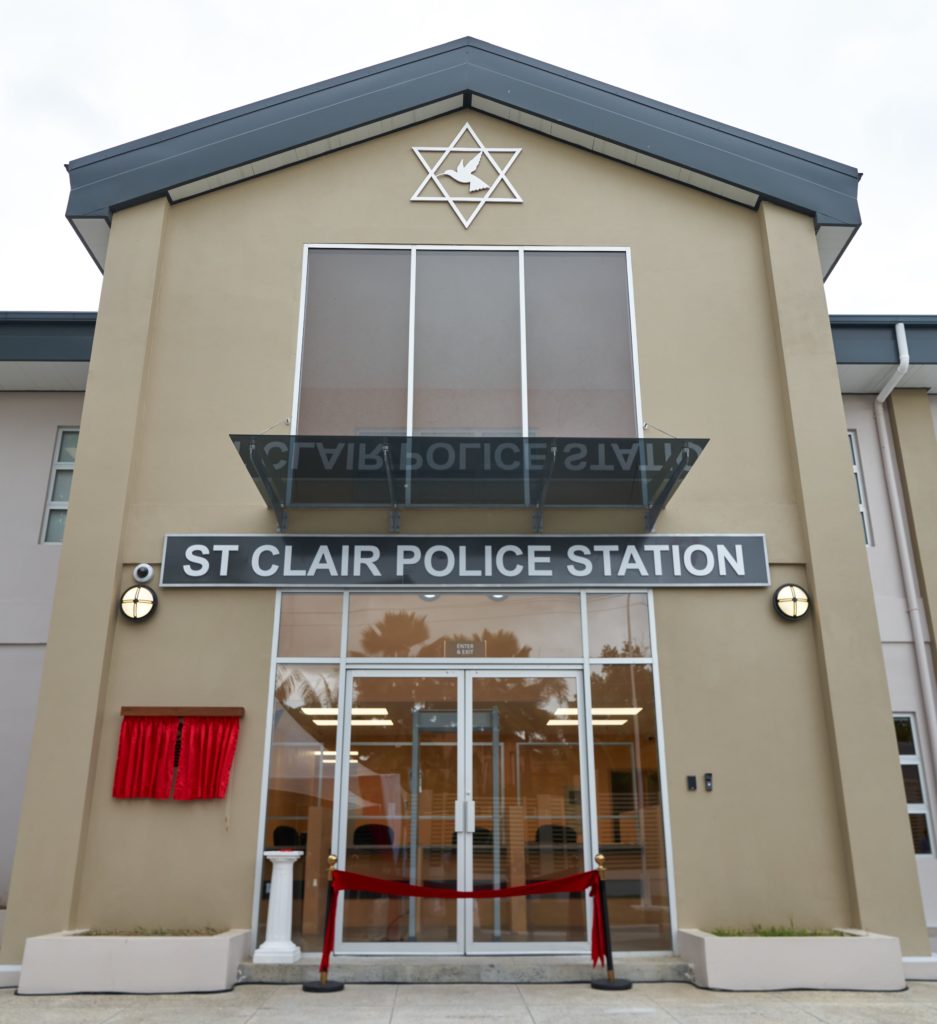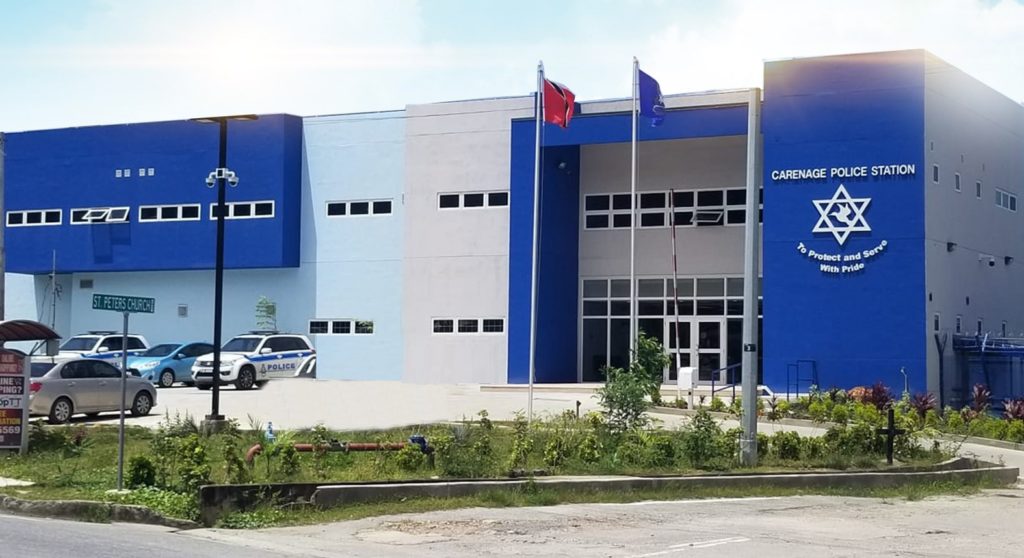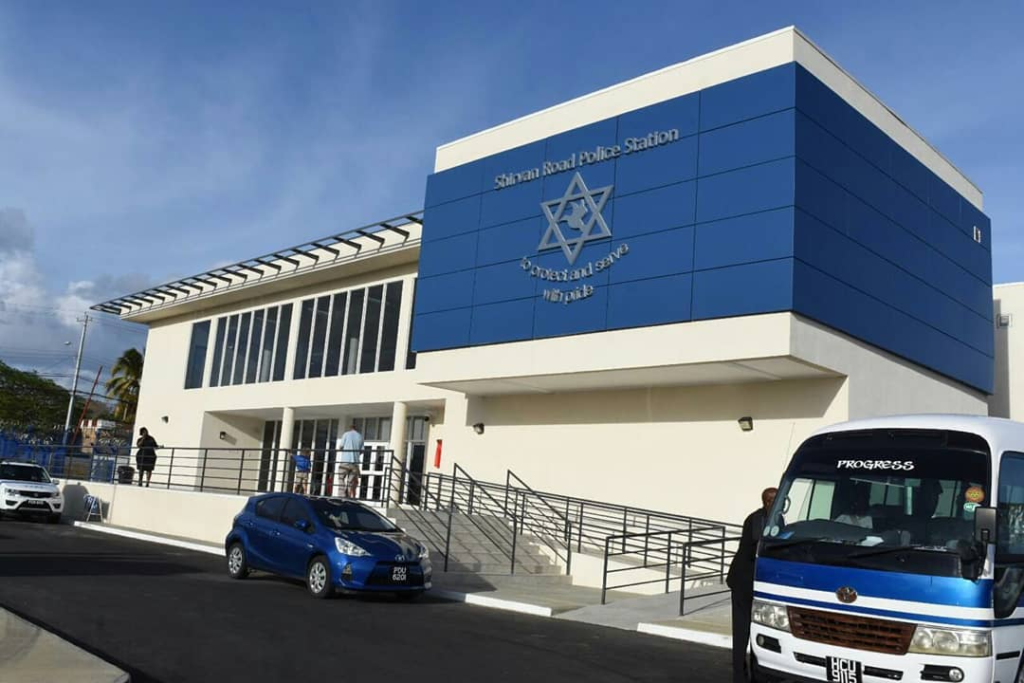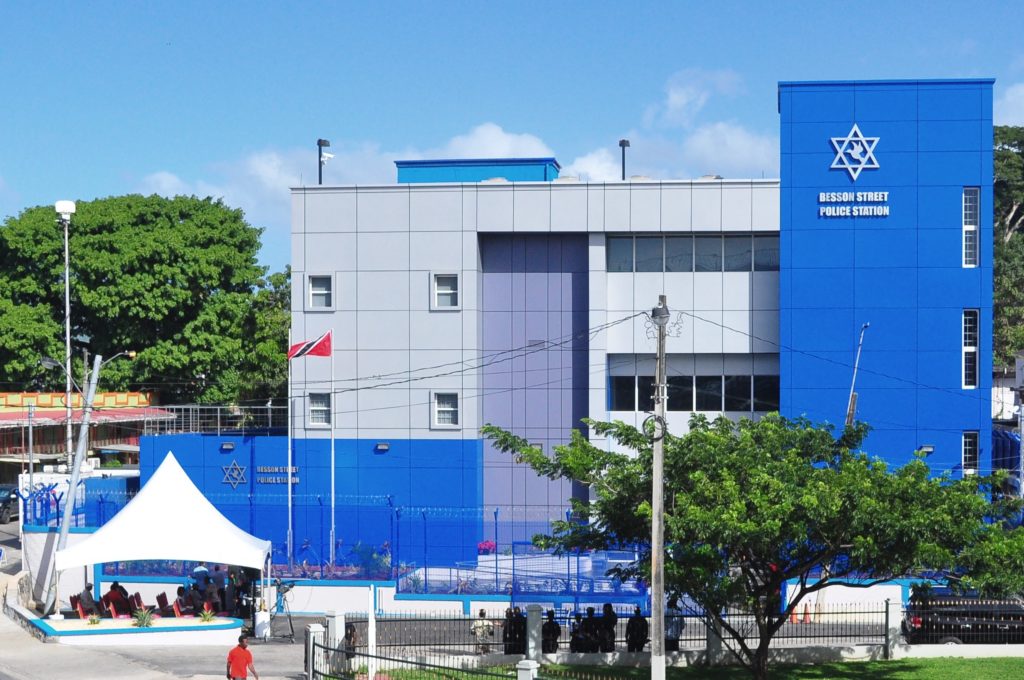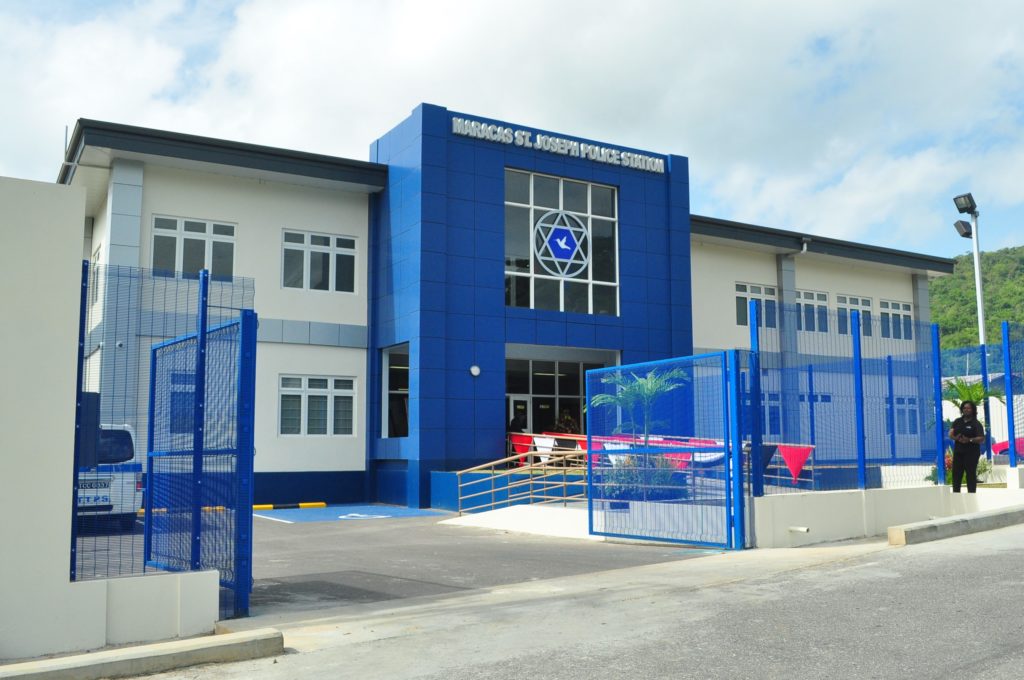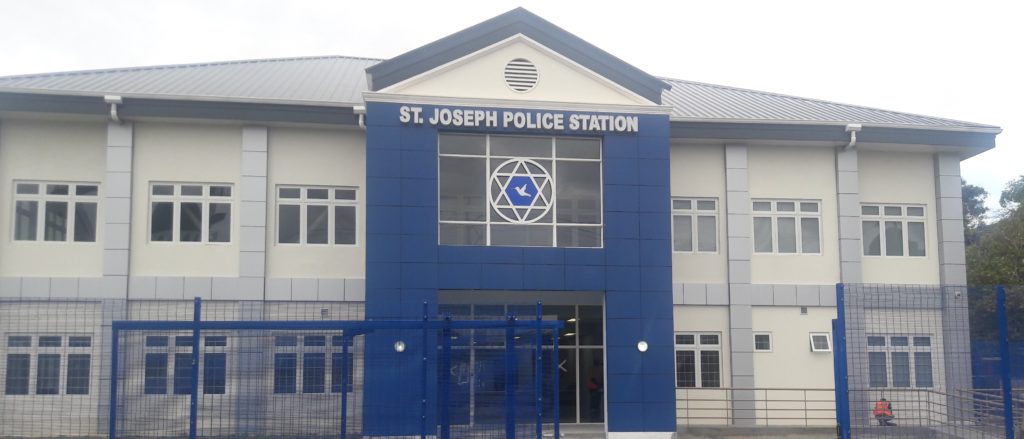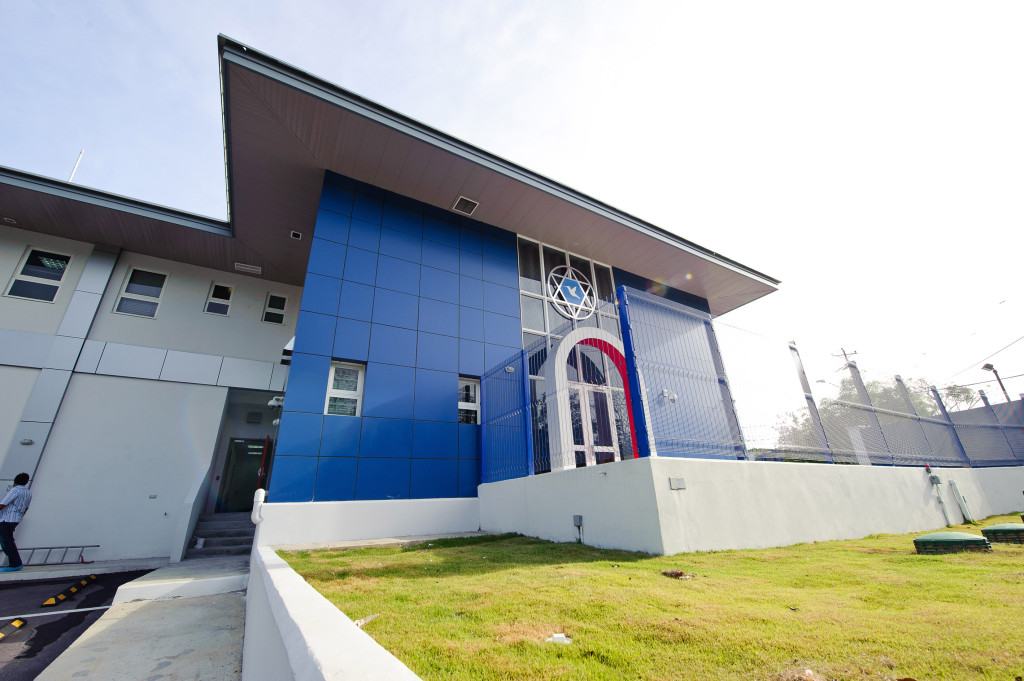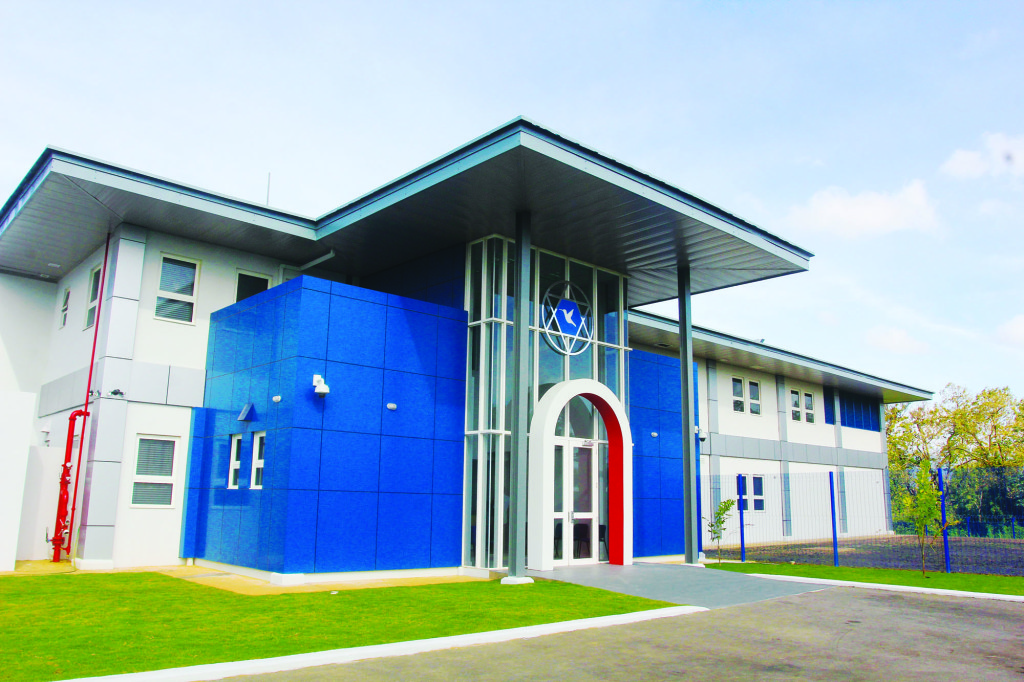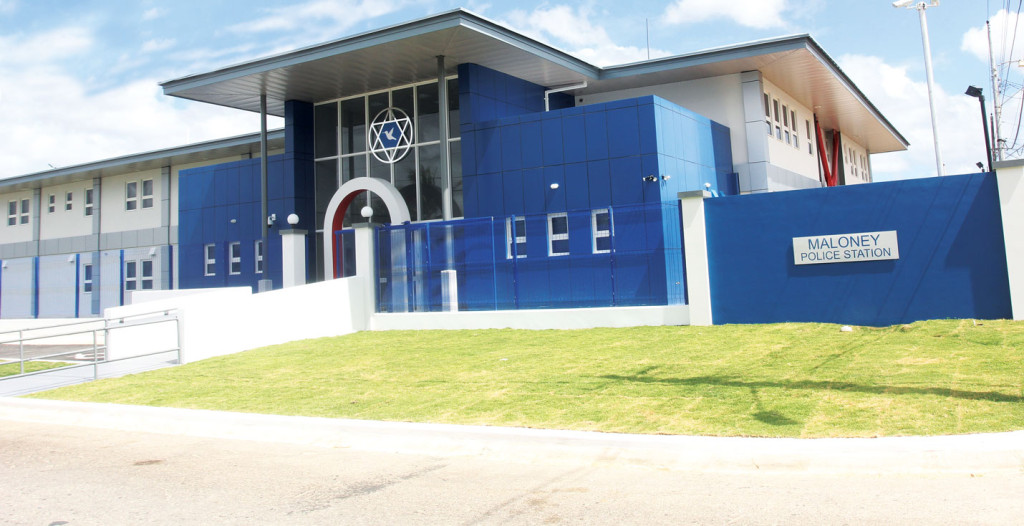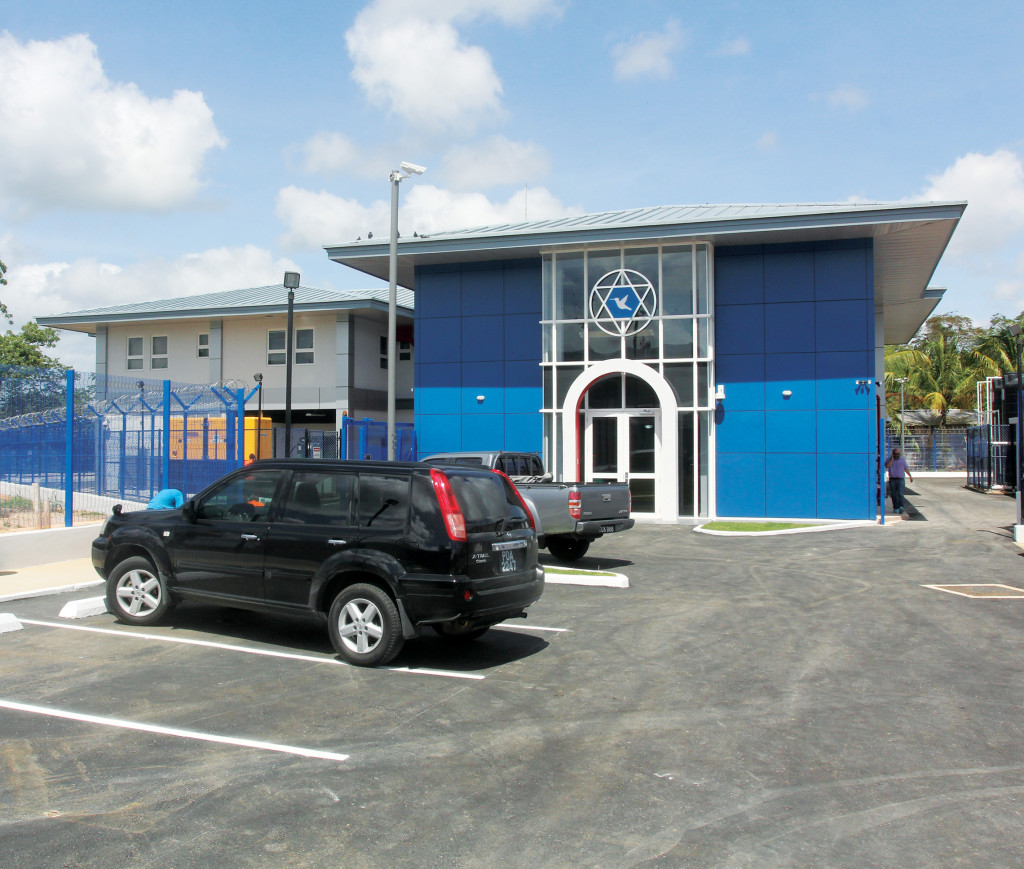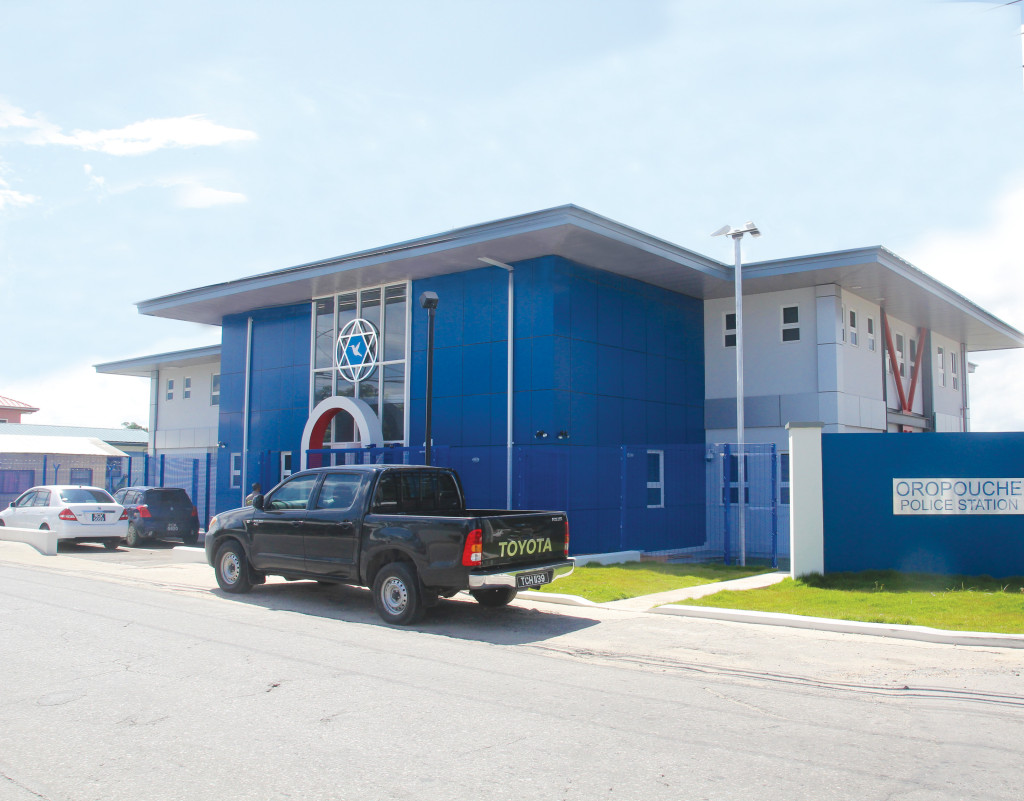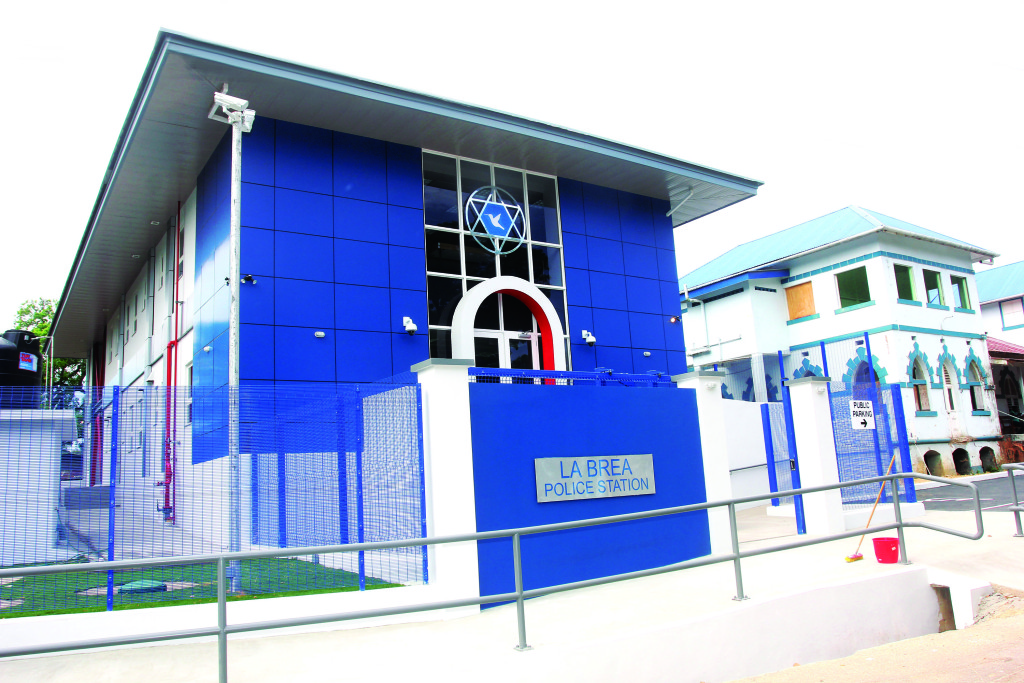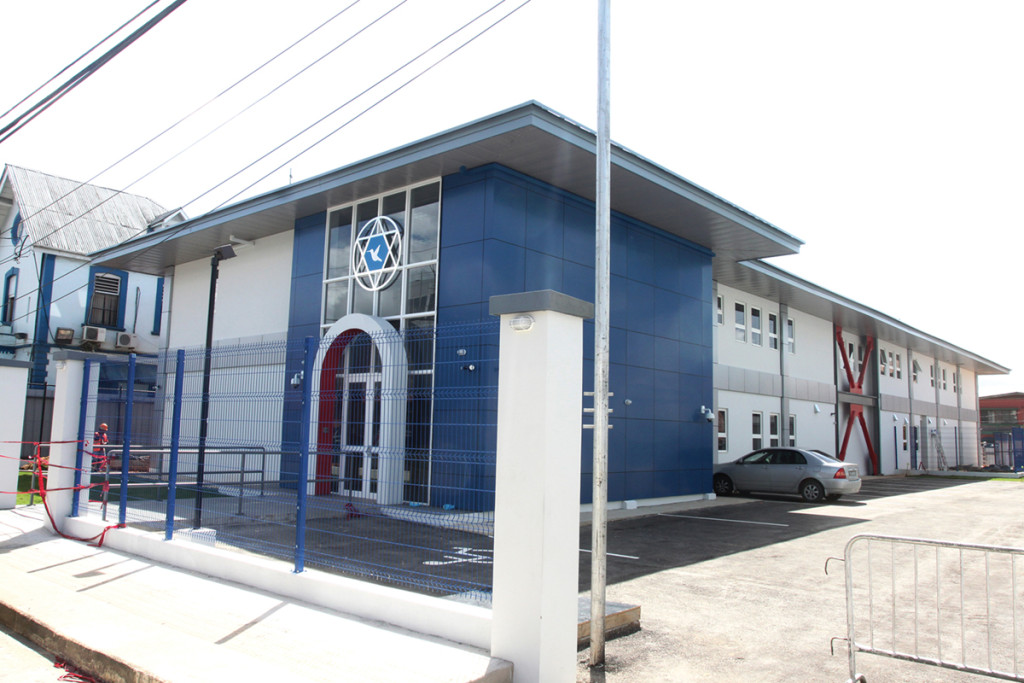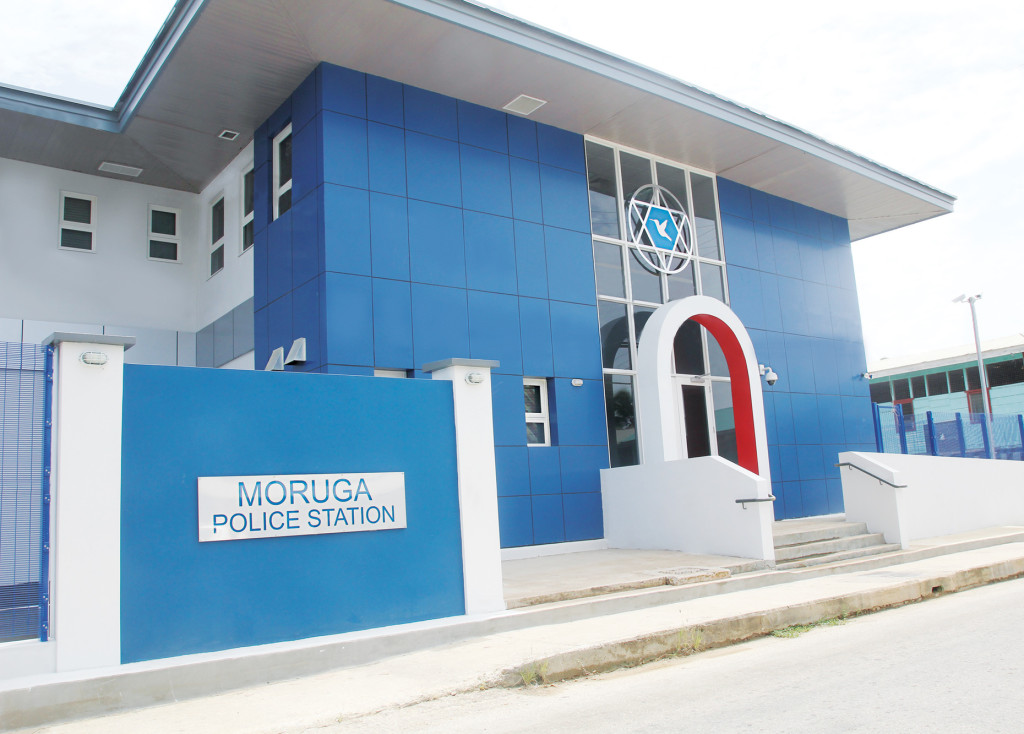- signed

- sealed

- delivered

The security of the citizens of Trinidad and Tobago is an integral feature of the Government’s development strategy. The Trinidad and Tobago Police Services (TTPS) is central to ensuring that the national community can conduct its day-to-day activities without fear of criminal elements. In order for the TTPS to function effectively it is being equipped with the relevant resources. UDeCOTT’s role is to ensure that the building facilities provided are designed not only to meet fundamental operational needs but take into consideration the new direction of modern policing.
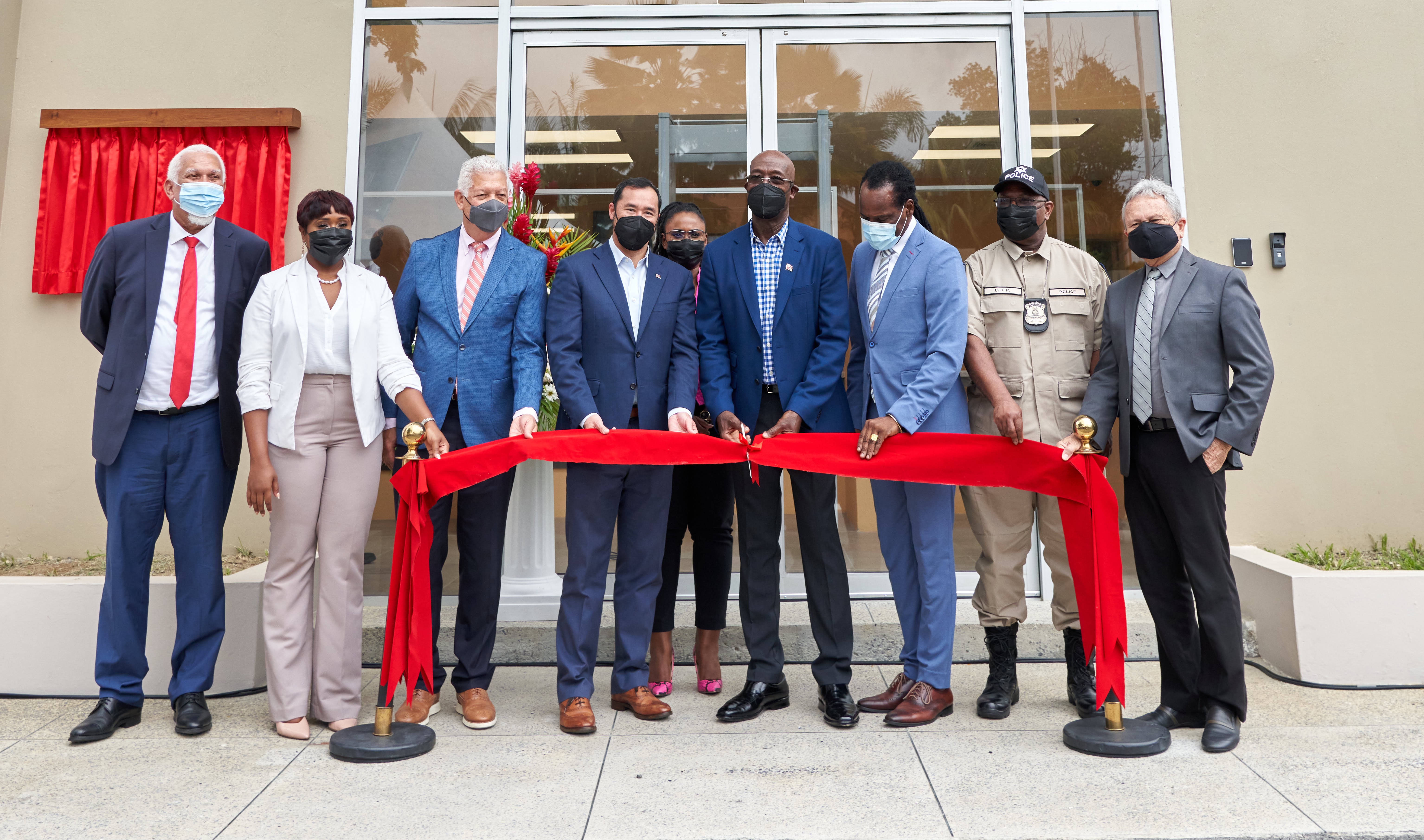
New Police Stations have been built and are being built at 17 strategic locations including Arima, Piarco, Maloney, Carenage, Cumuto, Brasso, La Brea, Oropouche, Moruga, Shirvan Road Tobago, Roxborough, Manzanilla, Matura, Matelot, St. Joseph, Maracas St. Joseph, Besson Street and St. Clair.
Each station will comprise basic spaces that are common to all TTPS stations and include public reception space, private statement rooms, fingerprinting room and offices. Selected stations will feature elements that reflect an improved approach to offender management such as additional juvenile holding rooms, to ensure that young offenders are kept separate from 10 adult offenders/suspects. Cells and Processing Areas for offenders will be accessed via separate, secured vehicle areas and standard sally ports. Some TTPS stations will be equipped with an ID parade and the viewing room to facilitate confidentiality when victims are required to identify offenders.
Some police stations will also be outfitted with in-house lecture rooms, a library and gymnasium, together with facilities such as appropriate dormitories for male and female officers, kitchen, laundry room, prayer room and a private office for counselling. These facilities will support efforts to ensure that police officers are not only well trained but also physically and mentally prepared to interact with members of the public.
Nationwide, community policing initiatives will be facilitated with the inclusion of a large community meeting room where residents can meet to voice their opinions and collectively seek accountability. Additionally, stations are designed to facilitate accessibility to differently abled residents and visitors. The needs of victims have been taken into account, and police stations have been designed to also have secured Victim Recovery Rooms. Traffic offices will also be provided.
